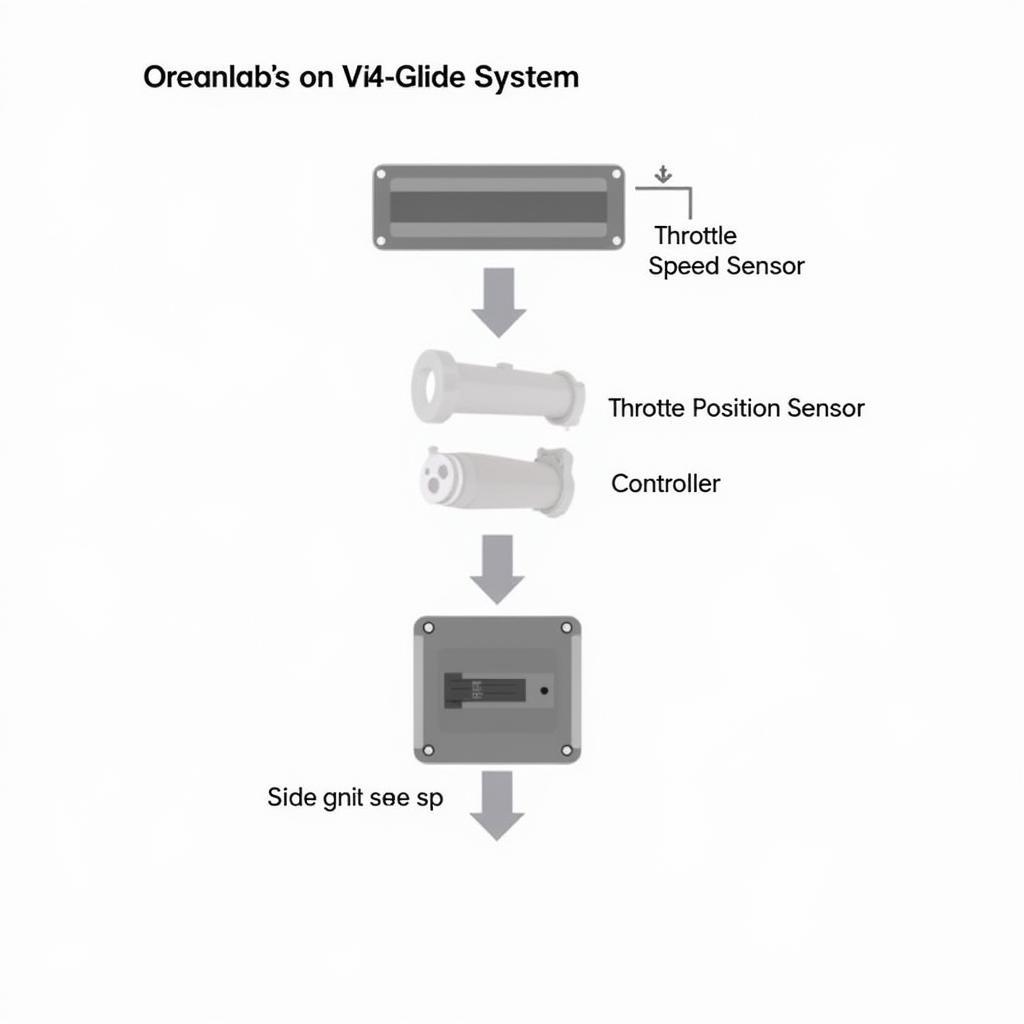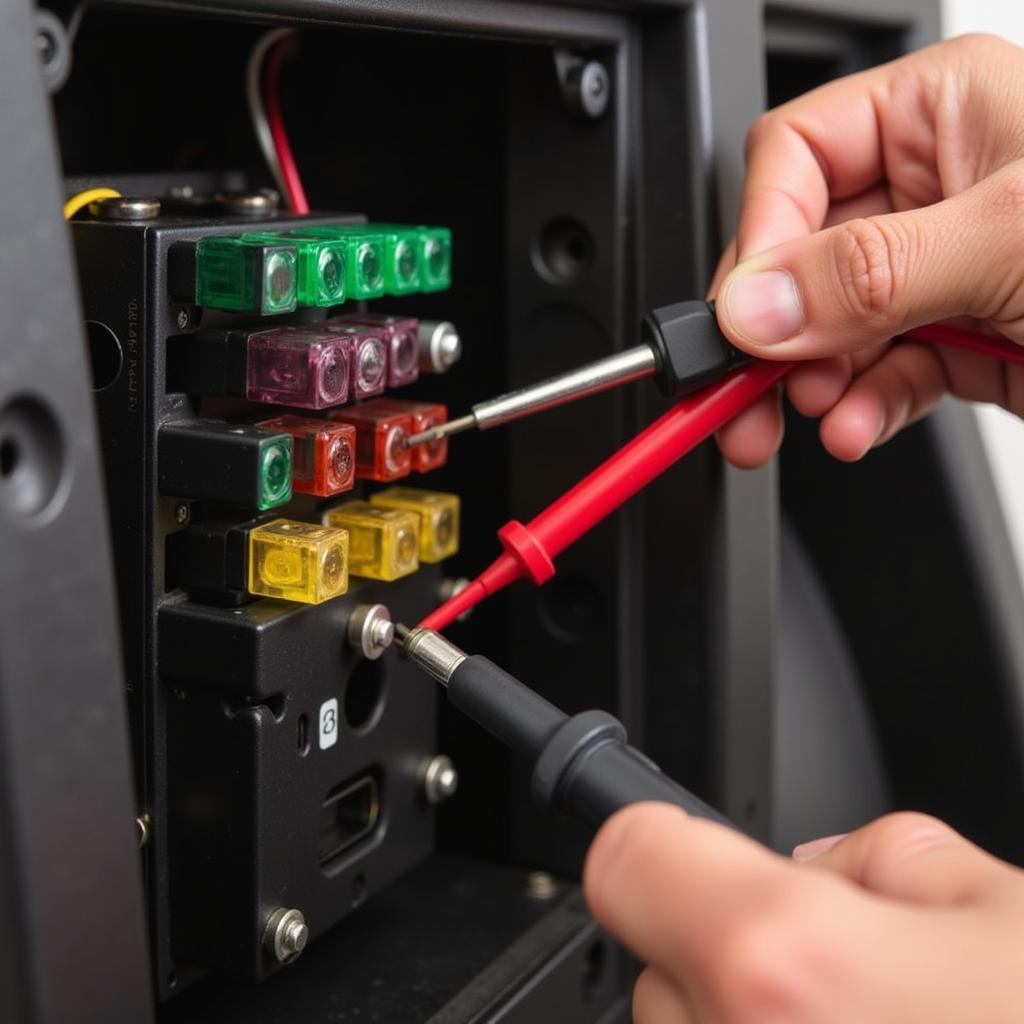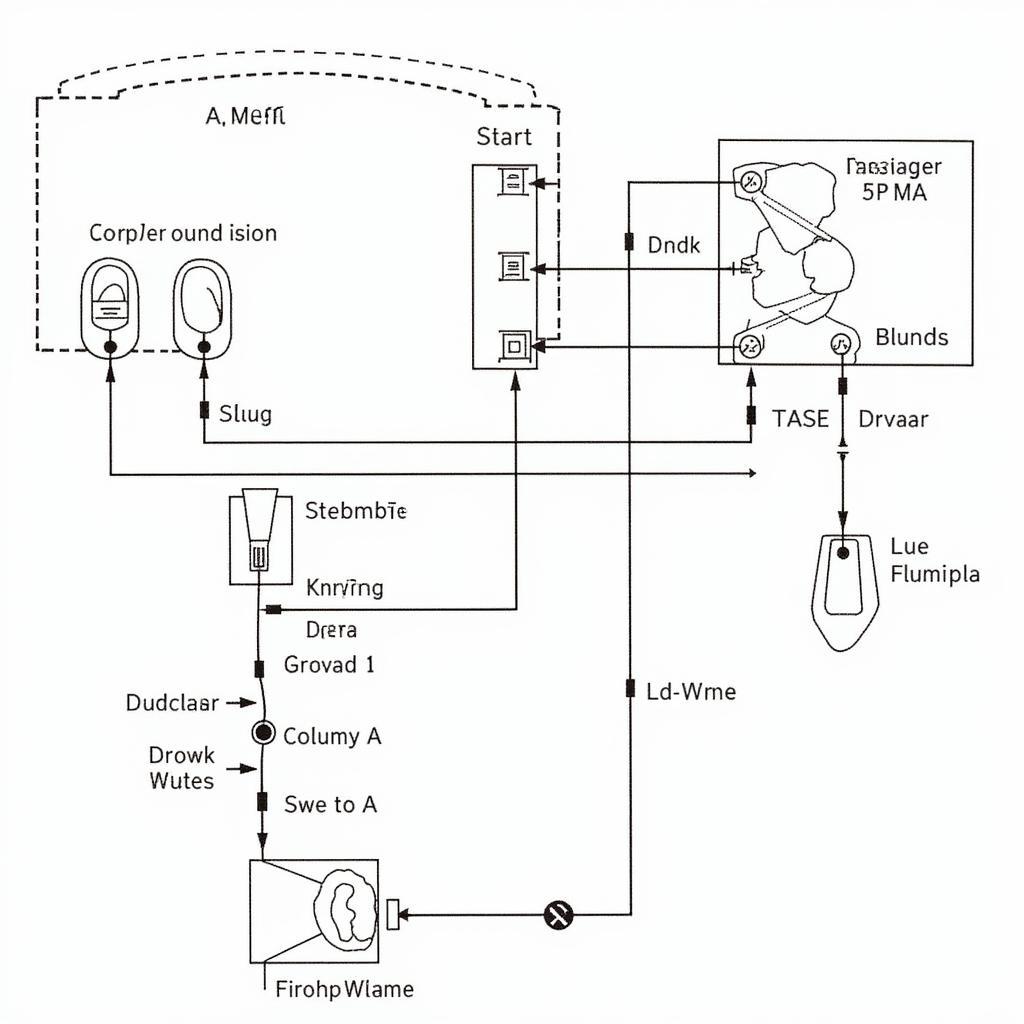Club car v-glide problems can be frustrating, leaving you stranded on the course or with a hefty repair bill. This comprehensive guide will walk you through the most common issues plaguing Club Car V-Glide systems, providing troubleshooting tips and solutions to get you back on track. Whether you’re a seasoned mechanic or a weekend golfer, this resource is designed to help you understand and fix your V-Glide woes.
Understanding the Club Car V-Glide System
The V-Glide system is a computer-controlled speed controller that replaced the traditional resistor coils found in older golf carts. It offers smoother acceleration, regenerative braking, and improved efficiency. However, like any electronic system, it can experience issues. Before diving into specific problems, it’s crucial to understand the system’s basic components, including the motor speed sensor, throttle position sensor, and the controller itself. These components work together to regulate the cart’s speed and performance.
 Club Car V-Glide System Components
Club Car V-Glide System Components
Common Club Car V-Glide Problems and Solutions
No Power or Intermittent Power
One of the most frequent club car v-glide problems is a complete lack of power or power that cuts in and out. This can stem from several issues, including a faulty solenoid, blown fuse, loose wiring, or a problem with the key switch.
- Check the Solenoid: Listen for a click when you turn the key. If you don’t hear it, the solenoid might be faulty and needs replacing.
- Inspect the Fuses: Check all fuses related to the V-Glide system. A blown fuse is a simple fix, but it often indicates a more significant underlying problem.
- Examine Wiring Connections: Loose or corroded connections can disrupt the flow of power. Clean and tighten any suspect connections.
- Test the Key Switch: A malfunctioning key switch can prevent power from reaching the system.
 Checking Club Car V-Glide Fuses
Checking Club Car V-Glide Fuses
Jerky Acceleration or Deceleration
Jerky movements can indicate a problem with the throttle position sensor or the motor speed sensor.
- Throttle Position Sensor: A faulty TPS can send incorrect signals to the controller, leading to erratic acceleration. Testing and replacing the TPS might be necessary.
- Motor Speed Sensor: This sensor provides feedback to the controller about the motor’s speed. A malfunctioning sensor can cause jerky deceleration or problems maintaining a consistent speed.
“A common misconception is that jerky acceleration always points to a major problem. Sometimes, it’s simply a matter of cleaning the connections or recalibrating the sensors,” says John Davis, a veteran golf cart technician with over 20 years of experience.
Error Codes
The V-Glide system uses error codes to diagnose problems. Understanding these codes is crucial for effective troubleshooting. Consult your owner’s manual or a qualified technician to decipher the codes and identify the root cause.
Overheating
Overheating can damage the controller and other components. Ensure adequate ventilation and check the motor brushes for wear.
 Inspecting Club Car V-Glide Motor Brushes
Inspecting Club Car V-Glide Motor Brushes
Maintaining Your Club Car V-Glide System
Regular maintenance can prevent many club car v-glide problems. Keep the battery terminals clean, inspect wiring regularly, and lubricate moving parts as needed. “Preventive maintenance is key to extending the lifespan of your V-Glide system and avoiding costly repairs,” advises Sarah Miller, an electrical engineer specializing in automotive systems.
Conclusion
Troubleshooting club car v-glide problems can seem daunting, but with a methodical approach and the right information, you can often identify and fix the issue yourself. Remember to prioritize safety and consult a qualified technician if you’re unsure about any step. For professional assistance and expert advice, contact Autotippro at +1 (641) 206-8880 or visit our office at 500 N St Mary’s St, San Antonio, TX 78205, United States.
 Club Car V-Glide Wiring Diagram
Club Car V-Glide Wiring Diagram
FAQ:
- What is the most common cause of no power in a Club Car V-Glide system? A blown fuse or a faulty solenoid are often the culprits.
- How do I check the error codes on my Club Car V-Glide? Consult your owner’s manual for instructions on accessing the error codes.
- Can I replace the V-Glide controller myself? While possible, it’s recommended to have a qualified technician handle controller replacements.
- How often should I perform maintenance on my V-Glide system? Regular inspections and maintenance every six months are recommended.
- What should I do if my Club Car V-Glide is overheating? Check for proper ventilation and inspect the motor brushes.
- Where can I find a reliable Club Car V-Glide repair shop near me? Contact AutoTipPro for assistance.
- What is the average lifespan of a Club Car V-Glide controller? With proper maintenance, the controller can last for several years.





Leave a Reply